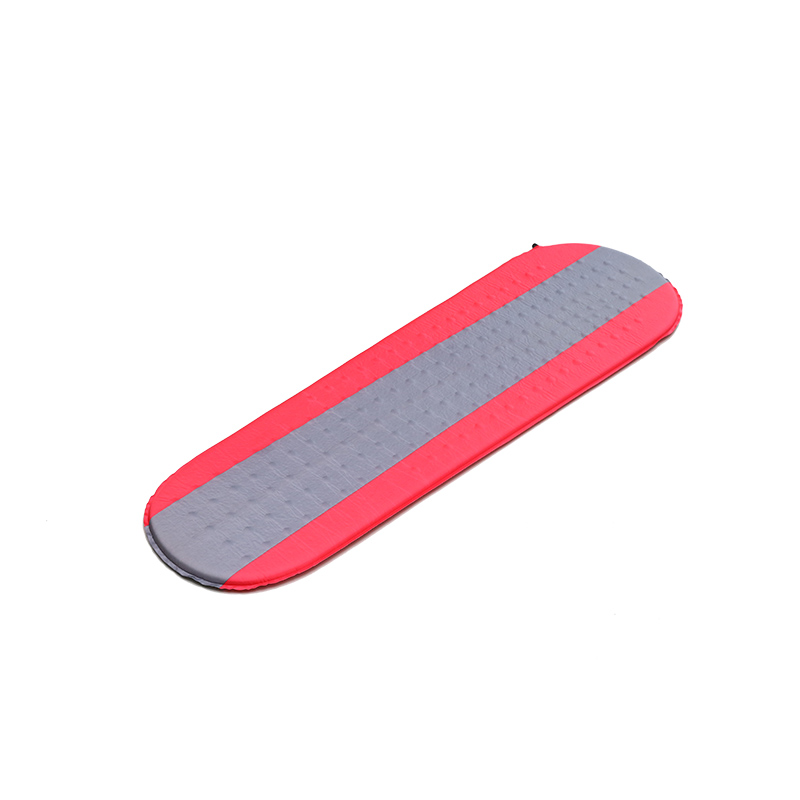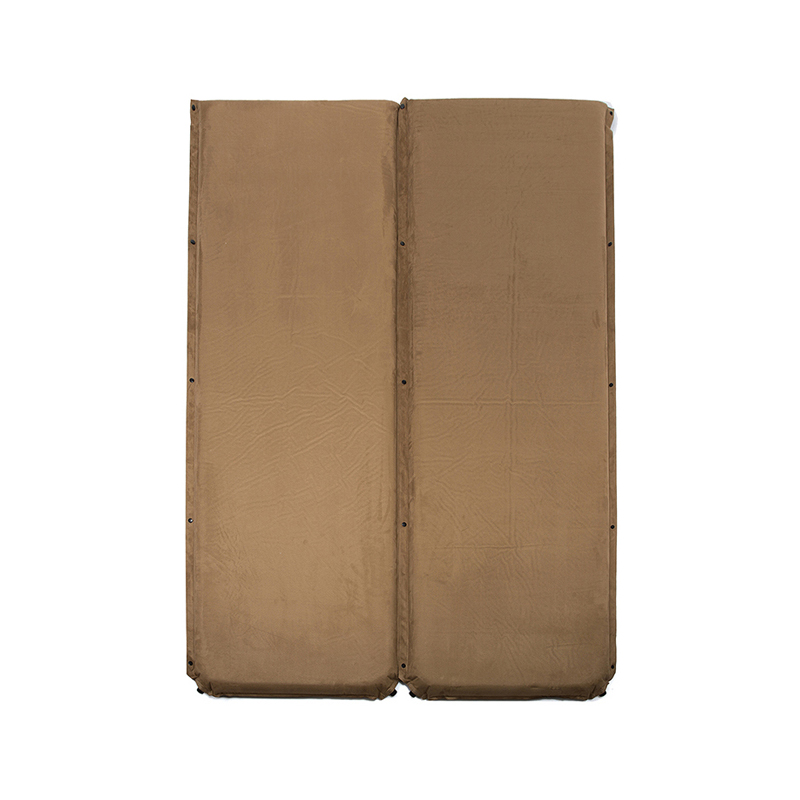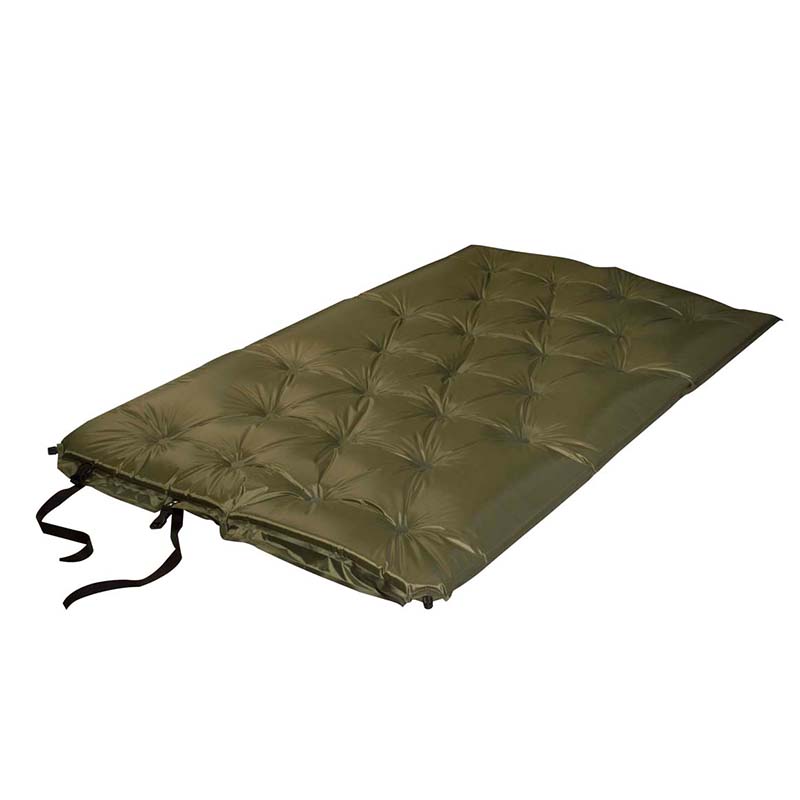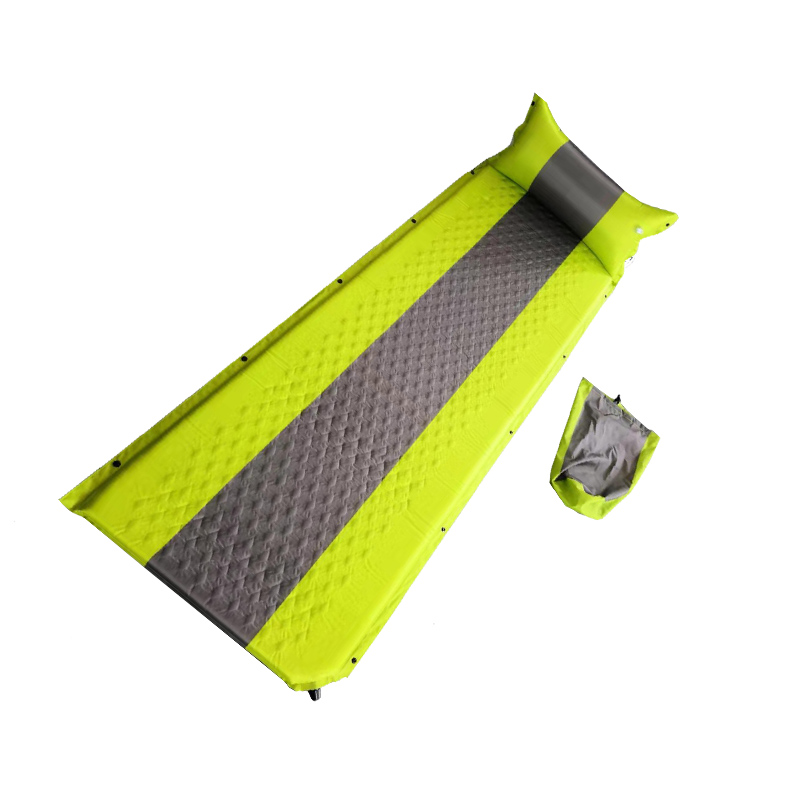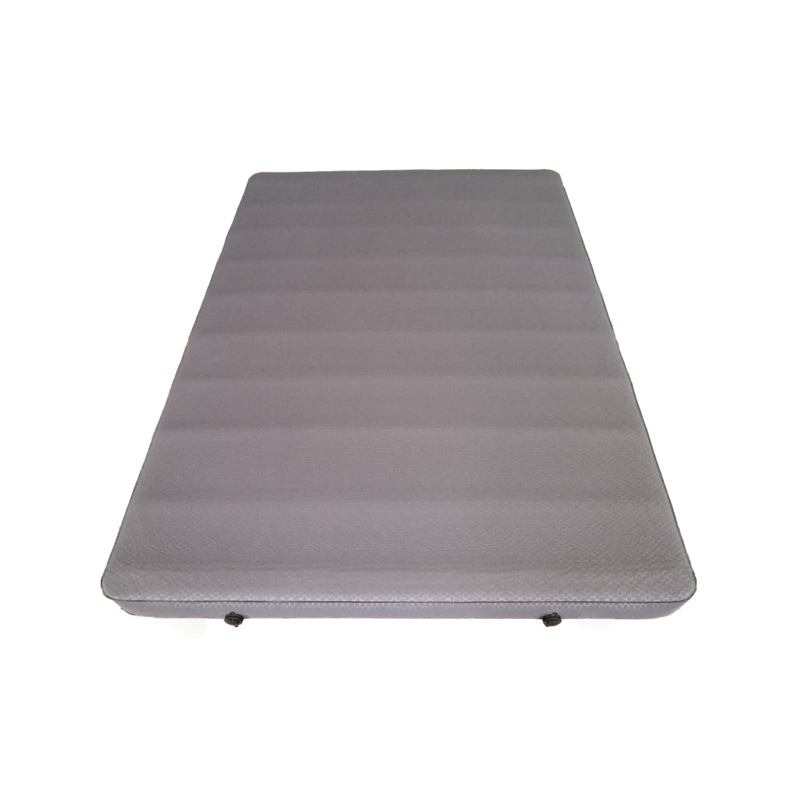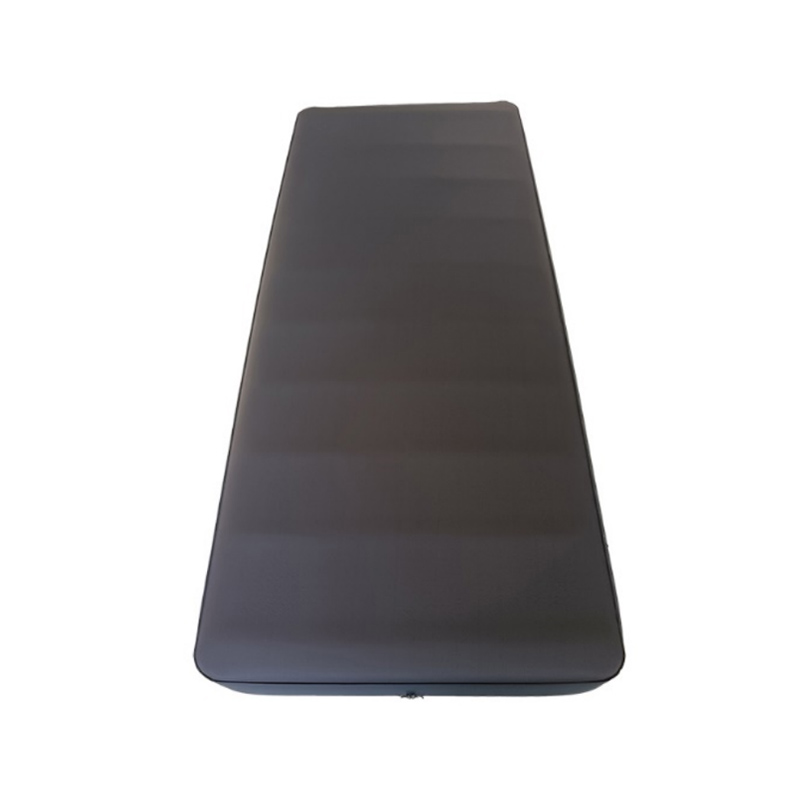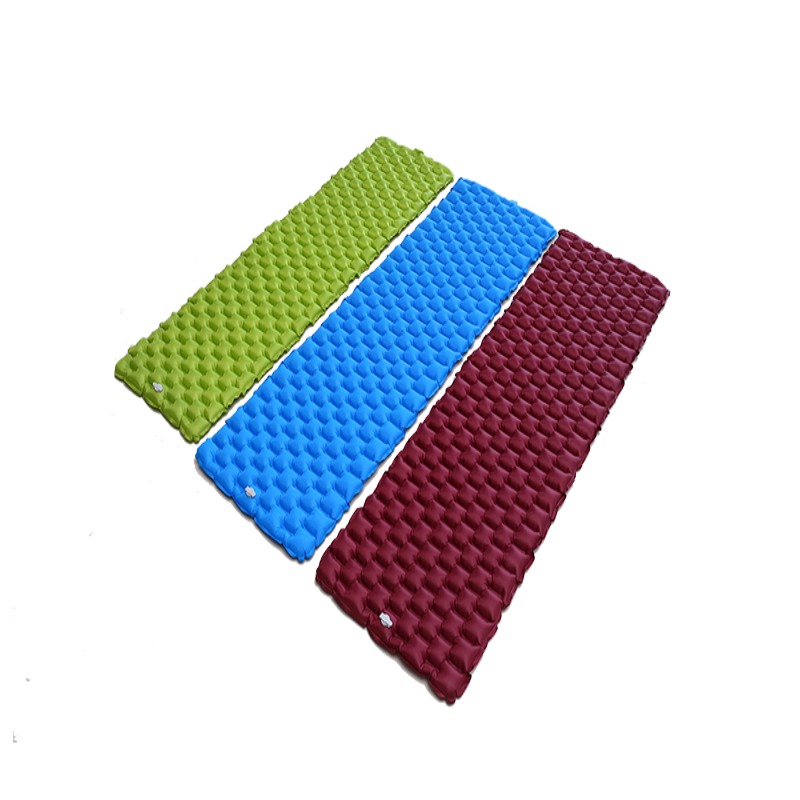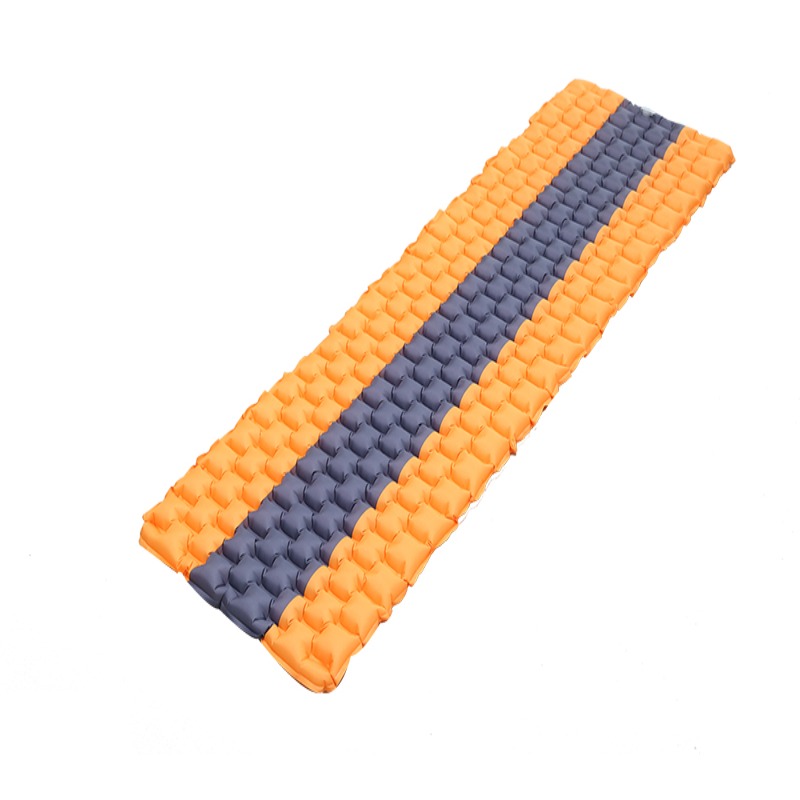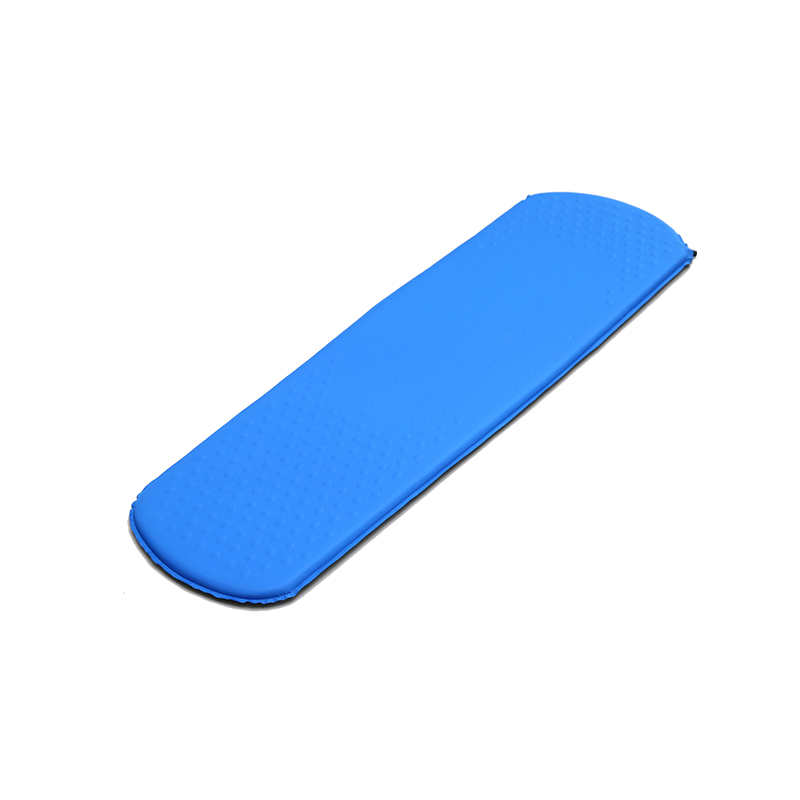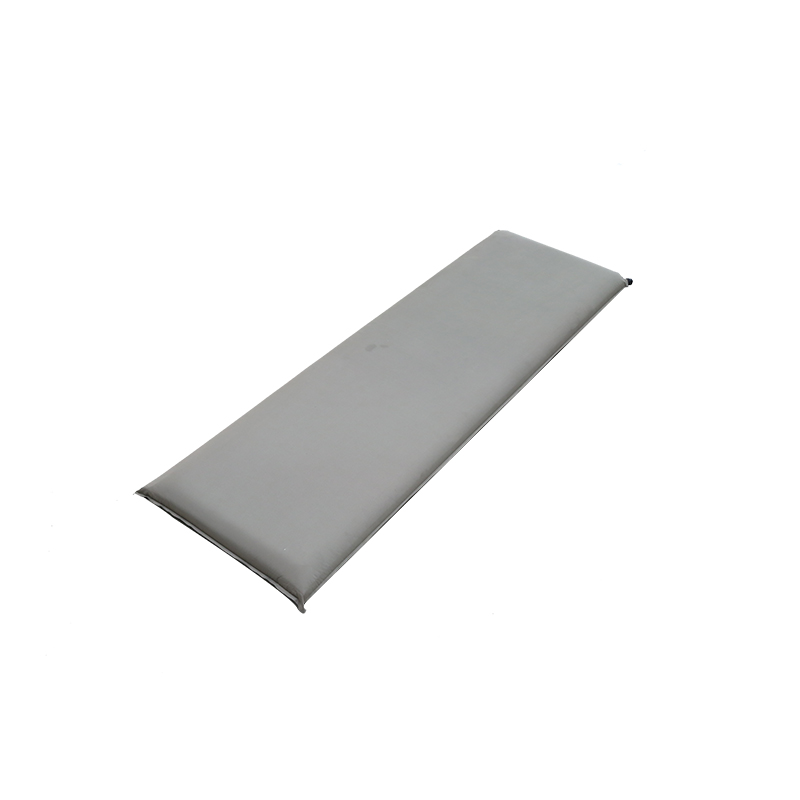The most simple and easy-to-use sleeping pad type, basically made of closed-cell foam, with obvious advantages and disadvantages:
advantage
No need to inflate, no fear of puncture, can be used when thrown on the ground, stable structure, and durable.
Disadvantage
Uncompressible and large in size.
The R value is low, and it is difficult to use it alone in a cold environment.
The cushion body is thin, unable to effectively filter part of the uneven terrain.
You can see that the price of foam pads on the market ranges from 50 to 300, but they look similar in appearance. In addition to the brand premium, where is the expensive foam cushion?
Foaming rate of closed cell foam
In order to make the material foam to form a closed airbag, the air cushion needs to be heated and quickly cooled in a high-pressure environment. How to make more bubbles and more closed bubbles requires technology accumulation.
Cut open all kinds of foam cushions on the market, the number of airbags and the sealing properties of each airbag are different.
There is also a paradox about foam cushions: the higher the foaming rate, the higher the R value, but the lower the density of the foam will be, and the decrease in density will cause the compression resistance of the foam to decrease. When a person puts pressure on it when sleeping, The mat will become thinner, thereby reducing the R value. How to find a golden balance point between compression resistance and foaming rate is something that various foam cushions have been experimenting with.
Structure technology
Egg trough type or washboard type. Based on this, there is no significant gap between domestic brand foam pads and foreign products in terms of structural technology.
The concave-convex structure on the surface of these cushions has many functions: 1 reasonable weight reduction 2 increased ground friction and anti-sliding 3 structural recesses can form a closed air bag with people and the ground, thereby further improving the thermal performance.
The air chamber formed by the concave-convex structure can improve a little warmth retention performance
Aluminum reflective layer process
The human body lies on the ground. Although most of the heat loss on the ground is from heat conduction, the heat radiation from the human body to the ground will not disappear. If the sleeping pad can reflect the heat radiation in this direction, the heat preservation performance can be further improved. : A layer of aluminum film on the surface of the closed-cell foam can achieve this effect.
Tip: To get the maximum heat reflection effect, when placing the foam sleeping pad, the aluminum film surface should face up.
How to combine aluminum film and foam is different from each manufacturer. The easiest way is to hot press a layer of aluminum film. This has two disadvantages. The sleeping pad will easily "slag off" after a long time, that is, the aluminum film layer will be rubbed off. . Secondly, the surface of the aluminum film is hard, and the comfort will be reduced.
A more advanced method is to evenly apply the aluminum film on the surface of the foam by means of ionization during the foam synthesis. This not only can effectively slow down the phenomenon of "slag drop", but also improve the comfort of the aluminum film surface.
In order to achieve a qualified R value, the foam pad must be made thick enough, but due to the incompressibility of the material, its volume has become a problem, which makes the backpack can almost only be externally mounted when carrying it, and foam sleeping pad products on the market There is no R value that can exceed 4.
Because if the R value exceeds 4, the thickness of the sleeping pad will be too high and the volume will not be suitable for outdoor use. No outdoor manufacturer will produce such a thing.
The packing volume of the washboard is already very large.
In an alpine environment, the R value is preferably greater than or equal to 5, which means that a foam sleeping pad with an R value always lower than 4 cannot be used alone in an alpine environment. In addition, the closed-cell foam is harder and less comfortable, and the outdoor market needs other options. Small and warm inflatable cushions have become the main battlefield for designers from major manufacturers.

 简体中文
简体中文 English
English 日本語
日本語 Español
Español Deutsch
Deutsch